|
After driving our fifth wheel RV across the Chesapeake Bay Bridge-Tunnel, we savored a couple of fun-filled days in Ocean City, Maryland, with our friends Frank and Pam. We’ve been very blessed in that wherever we’ve visited, our hosts have wanted to immerse us in their locale to show us why they enjoy the area. Ocean City was no exception. Situated between the Atlantic Ocean and the Isle of Wight Bay, Ocean City is best known for its saltwater taffy and 3-mile-long boardwalk. It’s also the White Marlin Capital of the World. Although we didn’t sample the taffy or marlin, we did visit the boardwalk. Here are three highlights from our time in Ocean City: 1. Assateague Island Part of the National Park Service, Assateague Island National Seashore is a 37-mile strip of land between the Atlantic Ocean and the Chincoteague Bay. It offers a refuge for wild horses and ocean-goers alike, with options for camping, fishing, kayaking, and even driving on the beach. After a day behind the steering wheel, the island provided a welcome getaway. We dipped our toes in the cool sand, walked up to our ankles in the surf, and captured photos of wild horses and deer. Some believe the horses to have survived a shipwreck off the Virginia coast. Although that may be folklore, the horses have proven themselves survivors of the area’s heat, storms, and mosquitoes. 2. Boat Excursion A sunny day provided the perfect opportunity for a boat ride. Watercraft rentals and tours abound. We boarded Frank and Pam’s pontoon boat, along with a couple of their friends, for a private excursion. As the sea sprayed our faces, Frank zipped us across the Isle of Wight Bay and under the Ocean City Expressway bridge. Then he turned around and headed to a popular waterfront eatery that provides mooring and complimentary water taxi service from boat to restaurant. Seacrets offers good eats of salads, sandwiches, and Caribbean specialties in an outdoor, “Gilligan’s Island” type of setting. After filling our bellies, we made our way through the sand back to the water taxi. It whisked us to the pontoon for a pleasant journey back to shore. 3. Ocean City Boardwalk Can you really visit Ocean City without exploring the boardwalk? I don’t think so. As we emerged from the car, screams of excitement and the aroma of fried food filled the air. The boardwalk provides an ideal spot for people watching, with beachgoers tanning and splashing, weekenders flying kites, walkers strolling the esplanade, vacationers looking for a thrill, and shoppers searching for the perfect find.
We steered clear of the touristy amusement park rides but had to try the raved-about Thrasher’s french fries. The fries gave us an excuse to relax on a bench to take in all the excitement. They tasted good, but we didn’t find them all that special. Getting up, we ventured into only a couple of stores. As full-time RVers, we don’t have room for a lot of souvenirs or knick-knacks, which makes window shopping easy. Ocean City provided a serene respite between travel days. We appreciated catching up with Frank and Pam and touring the sights. You might also like 7 Historical Things to Do in Virginia.
1 Comment
Across the country, campgrounds range from desert scenery with a picnic table and firepit to RV resorts nestled in trees and mountains offering all the bells and whistles: laundry facilities, pools, recreation activities, go-kart rentals, and more.
Although the latter options may sound like good places to visit, we typically avoid anything that has “resort” in the name. Here are four reasons why: 1. We Don’t Use the Amenities Most RV resorts include some combination of cable TV hookups, Wi-Fi, swimming pools, showers and bath houses, laundromats, miniature golf courses, and pickleball and/or tennis courts. Some even feature weekly movies, hay rides, pancake breakfasts, and things like that. Although those are appealing, we don’t have much use for them. As full-time RVers, Tagalong is our home. He stores everything we need for daily living and recreation, other than a washer and dryer. 2. They’re Geared for People on Vacation RV resorts, like hotel resorts, are really targeted at people on vacation. When you book a site for a week at an RV resort, the property managers expect you to take advantage of all they have to offer. When our kids were young, we spent our summer vacations in a travel trailer at a KOA near the Grand Canyon. It provided something for all of us: a playground, game room, and movies for the kids; a pool, mini-golf, and hayrides for the family; and a relaxing getaway for us as a couple while the kids played with friends and immersed themselves in activities. More recently, we stayed at an RV resort in Vermont because of its proximity to some friends we wanted to visit. In our full week there, we didn’t use the pool or mini-golf once, although we did visit the on-site laundromat. Since I work all week, the noise of vacationers can be a distraction. RV walls are not very thick. Fortunately, I have noise-canceling earphones that prevent background noise from trickling through my microphone on Zoom meetings. 3. They Nickel and Dime You Some of the aforementioned amenities come at a price. The Vermont RV resort charged for Wi-Fi, for example. If you’re already paying more at a resort than you would at a campground, shouldn’t Wi-Fi be included in the price? Because we travel all over, we had our own Wi-Fi setup and didn’t need to pay for that service. (This was before we purchased Starlink.) This resort also charged $9 per bundle of firewood for the convenience of having it in the camp store. Resourceful campers could find it cheaper outside the campground if they looked. The same bundle of wood cost only $5 at the campground we stayed at in Maine. 4. They Have a Lot of Rules It seems that part of the fees at RV resorts go to establishing and communicating rules. Whether or not those restrictions are enforced is another story. The Vermont resort wanted to charge our friends $4 just to enter the park to visit us. Maybe the operators thought our guests would use the amenities? Kelly called the office and sweet-talked her way out of the fee by assuring the worker that she and Jim would not be using the amenities. Rules have a place and are important to ensure order. But if we have a choice between paying extra money to stay at a location that has lots of rules or camping where we can be carefree, we’ll choose the latter every time — unless the first is our only option in close proximity to some friends or family we want to catch up with. You might also like How We Determine Our RV Stops. As a type C personality (the rule-abiding perfectionist cousin of type A), I’m a creature of habit. I have a system of order for doing most everyday tasks, such as getting dressed, eating breakfast, making coffee, etc. Bob is a type B personality (relaxed and social). That means he goes with the flow and easily adapts to the different times and locations in which we find ourselves. Little did I know when I married him that his relaxed, adaptable personality would rub off on me. He quickly brought chaos to my order and has rounded my straight edges. That’s actually a good thing, or I likely wouldn’t survive as a full-time RVer. I relish our lifestyle, but I do have a few confessions to share. 1. Routines Are Difficult Full-time RV living isn’t conducive to routine. As we travel the country, we cross time zones. That means sometimes I have a couple of hours in the morning for personal activities, such as exercise. In other locations, I have to start my workday shortly after rolling out of bed. Carving out time for fitness can be challenging. At my last in-office job, the building had a big square in the center connecting four wings in each direction. Every time I got up from my desk to use the restroom or talk to a co-worker in another area, I’d take a lap around the inner square. Living in 400 square feet doesn’t afford that opportunity. Walking from my work-from-home office to the restroom takes all of 12 steps. That doesn’t give me much exercise. I have to make a point to pull myself away from work, lace up my sneakers, and get outside to walk. Some camping locations offer more walking options than others. We stayed at a Boondockers Welcome site in South Carolina where I could walk a dirt road to the main two-lane country road. The dirt road wasn’t even a mile long. I didn’t dare walk the country road for fear of a car racing down and not seeing me. We’ve also stayed at campgrounds that feature walking trails where I can get plenty of steps in. I try to take advantage of those. Sometimes I use a phone app to help me with strength training as well, but that too is inconsistent, depending on our situation. It took me more than two months to complete a four-week, full-body workout challenge. 2. Showers Aren’t Luxurious You may have heard of military showers, where troops get two minutes to get wet, lather up, and rinse. RV showers can be similar. Because we have limited gray water tank space, we don’t like to let the water run, even when we’re connected to freshwater. So, we follow the military example but don’t limit ourselves to two minutes. We wait for the water to warm, get wet, turn it off, lather up, and turn the water on again to rinse. I have another rinse for hair conditioner. When my hair was shorter, I mastered a seven-minute shower. Now that my hair’s longer, my showers are too, as it takes more time to get all the shampoo and conditioner out of my mane. I stopped timing them, in case you’re wondering about my current record. Because showers are no longer luxuries, we, and many RVers, don’t take them as often as we used to. Wet wipes come in handy for the in-between times. 3. Clutter Creep Is Real With limited living space, it’s easy for open areas to fill with things. Important books and reading materials we reference semi-regularly occupy the end tables on either side of our couch. Food containers, fruit, and drinking ware crowd the island counter. Unread mail, loose change, and miscellaneous items we’re not sure what to do with take up real estate on the dining table. This is especially problematic during a long-term RV stay, when we don’t have to pack our belongings and close the trailer for travel. It’s easy to put off cleaning the areas, find something else to focus on, and pretend the items aren’t there. But they don’t go away until we intentionally address the clutter creep. 4. Sometimes We Barely Fit Campsites come in many shapes and sizes. Some are expansive, offering plenty of space for our 42-foot rig and 23-foot truck, with our nearest camping neighbor shouting distance away. We enjoy the peace and quiet these situations provide. Other camping spots are tight, such as the one we stayed at in Wisconsin. Our deepest slide, my office, rested about 8 inches from our camping neighbor’s window. I kept my window shade pulled there. In Branson, Missouri, we had to strategically park our rig to be able to open our basement compartment between a post and the electric pedestal to complete our setup. At a spot in Florida, our front door opened to a palm tree. We stayed there so long that we had to trim the tree to keep its leaves from entering our home. 5. The Scenery Is (Mostly) Great Despite the routine challenges, clutter creep, and tight accommodations, the RV life does offer a lot of perks. One of the best is being able to see God’s beautiful, diverse creation as we traverse the country. From the vast Great Lakes and wooded forests to picturesque deserts, farms, and small towns, we get to see incredible sights. Most are gorgeous. Some even border on breathtaking. Others leave a bit to be desired, like the sketchy RV spot we found ourselves in behind a hotel in Ashland, Oregon. “Beauty is in the eye of the beholder,” as the saying goes. We can find beauty in every circumstance in which we find ourselves. Sometimes we just have to look a little harder for it.
You might also like What RV Living Is Really Like. Like many trades and industries, the RV industry has its own lingo. You may have come across a term and wondered what it meant. Here, we explain some of the common vernacular of the lifestyle, as well as some of our own terms.
awning - a vinyl sun shade that connects to the side of an RV and extends manually or electrically black water tank - a temporary holding tank for toilet water basement - storage under an RV’s flooring that’s accessible from the outside boondocking - camping off the grid; no electric, water, or sewer hookups class A motorhome - a big-rig, bus type of RV class B motorhome - a camper van class C motorhome - a drivable RV that has a bed over the top of the cab; smaller than a class A motorhome dually - a truck that has four tires on a single rear axle dump station - a location where it’s safe to empty RV tanks; it may or may not have potable water fifth wheel - an engineless RV that connects via a kingpin or gooseneck in the bed of a pickup truck fiver - another name for a fifth wheel RV freshwater tank - a temporary holding tank for potable water full hookups - electric, water, and sewer connections glamping - glamorous camping; can be in a cabin or in a big-rig RV gray water tank - a temporary holding tank for shower and sink wastewater Gulliver - our 2018 Dodge Ram 3500 dually with a Cummins 6.7-liter diesel engine loft - an elevated interior space; it’s often above another room and may contain sleeping space moochdocking - staying on the property of friends or family and using (“mooching”) their amenities, such as electric, water, and/or laundry motorhome - a drivable RV residential refrigerator - an RV refrigerator that runs on normal, 120-volt, household AC electricity RV - recreational vehicle shore power - RV electricity from the electric grid slideout - expandable section of an RV that slides out on rails when stationary to increase living space sticks and bricks - a traditional, stationary house stinky slinky - the flexible hose used to dump RV wastewater tanks Tagalong - our 2018 Jayco Pinnacle 37MDQS fifth wheel with four slides; it measures 42 feet long and 13 feet, 3 inches tall three-way refrigerator - an RV refrigerator that can run on propane, 120-volt household AC electricity, or 12-volt DC battery power toad - the vehicle towed behind a motorhome toy hauler - a travel trailer or fifth wheel that has an opening ramp in the back to haul an ATV, motorcycle, or golf cart travel trailer - an engineless RV that connects to a ball hitch off the bumper of a vehicle two-way refrigerator - an RV refrigerator that can run on propane or 120-volt household AC electricity weekend warrior - an RVer who takes their rig out on the weekends rather than living in it full time The city of Yuma, Arizona, is the sunniest place on the planet, with 4,015 hours of sunlight per year, according to Sleepopolis. That and its location on the Colorado River and the border of California and Mexico make it a gathering place for winter visitors looking to escape the cold temperatures of the North. The metropolis has been attracting visitors to its expansive desert landscape and river banks since the 1700s, when explorers recognized the Yuma Crossing as a practical route between Sonora, Mexico, and Northern California. The area’s appeal quickly expanded in the 1800s with the American gold rush, followed by the establishment of an Army fort and eventually a territorial prison, which still stands today. We had toured the Yuma Territorial Prison and some other highlights on a previous trip to the area. It’s worth exploring. While visiting my parents in Yuma more recently, we found some other cool digs. 1. Tour Castle Dome City, Ghost Town, and Museum About an hour’s drive from Yuma, the Castle Dome Museum, named for the castle-shaped mountain that stands as its backdrop, is worth the trip. Unlike many touristy ghost towns, this one offers an authentic picture of life in the 1800s, including numerous artifacts left over from the era of mining silver-galena — or silver ore mixed with lead — from 300 mines. The mines were in operation from the mid-1800s to 1979, when the price of silver dropped. During WWI and WWII, the military harvested lead from the mines to make ammunition. For a $15 admission ($16 with a credit card), you can explore the town’s more than 50 buildings, including a schoolhouse, a mercantile with an attached dentist office, a church, a former restaurant, a hotel, multiple bars/saloons, a bank, a barber shop, a dress shop, and a whole lot more. You’ll even find remnants from the town’s later days in the 1970s. To get a better picture of the attraction to this out-of-the-way destination, you can go down into the mine and see the minerals glistening in black light. The $75 fee for that tour includes admission to the museum/ghost town. Whether you explore the museum or both the museum and mine, plan to spend at least a couple of hours there enjoying a piece of history. 2. See an Aerostat Blimp Tethered near the Castle Dome City ghost town, an odd shape caught our eye. A 208-foot-long white blimp stood ready to launch in support of the U.S. Customs and Border Protection. Its mission? In conjunction with nine other Aerostat blimps that form the Tethered Aerostat Radar System (TARS) — a 10,000-foot-high radar fence — it monitors the Southern U.S. border for low-flying aircraft attempting to smuggle illegal drugs into the country. The history of TARS dates back to the early 1980s, when the first helium-filled balloon launched in the Bahamas. Today, TARS spans from Yuma to Puerto Rico. The Yuma blimp is secured near the Yuma Proving Ground. We saw the balloon tied down close to the terrain, as well as extended in the air, above the mountains. 3. Explore the Colorado River Yuma owes much of its existence and livelihood to the mighty Colorado River, which played a major role in getting supplies to the Army base there in the mid-1800s. In fact, Yuma is the oldest city on the Colorado River, according to Yuma Crossing National Heritage Area. In addition to providing water for crops grown in Yuma, the largest producer of winter vegetables in the country, the Colorado offers recreational water activities such as canoeing, kayaking, tubing, boating, fishing, and swimming. It also provides a nice setting for picnics, bike rides, and walks. We reveled in the beautiful scenery while enjoying a picnic lunch, followed by a leisurely stroll along the banks. Gateway Park meanders under Interstate 8, providing panoramic views of the Ocean-to-Ocean Bridge, which opened to the public in 1915 as the first highway crossing of the lower Colorado River. Stretching along the southern side of the river, the park offers walking paths that take visitors across the border to California and back again. We had always thought the river marked the border between the two states. We found out otherwise and couldn’t pass up the opportunity to venture into California without crossing the Colorado. These are only a few examples of the exploration opportunities in Yuma, Arizona. If you’d like to get up close and personal to a storied past, there’s plenty more to see.
You might also like Driving Across the Border to Mexico. |
AuthorThis is the travel blog of full-time RVers Bob and Lana Gates and our truck, Gulliver, and fifth wheel, Tagalong. Categories
All
Archives
July 2024
|
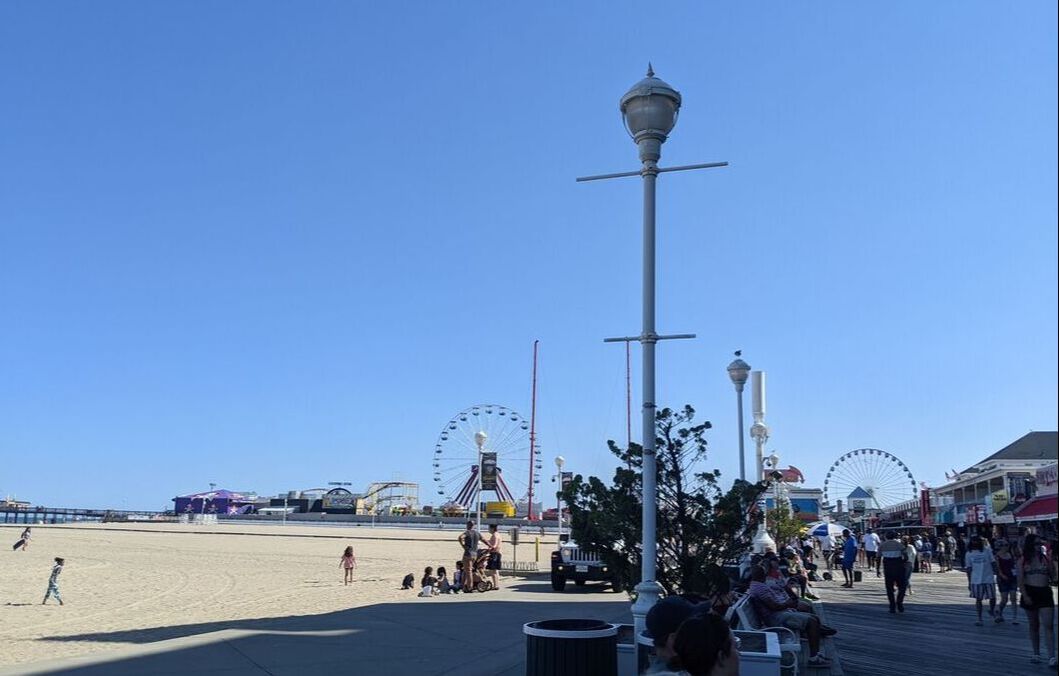
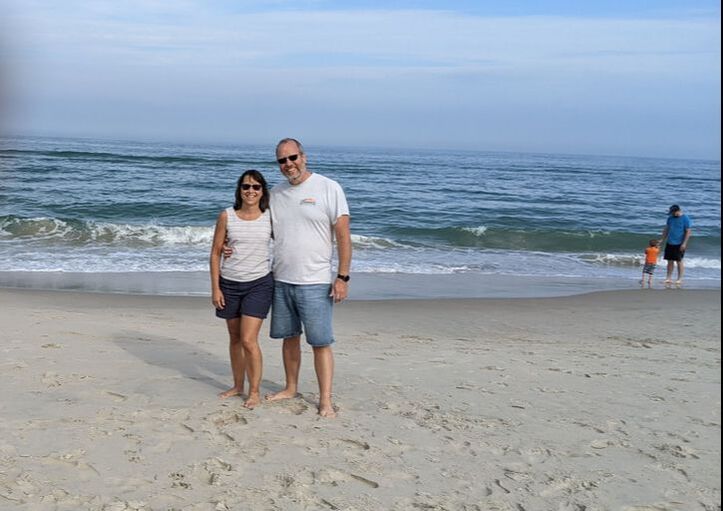
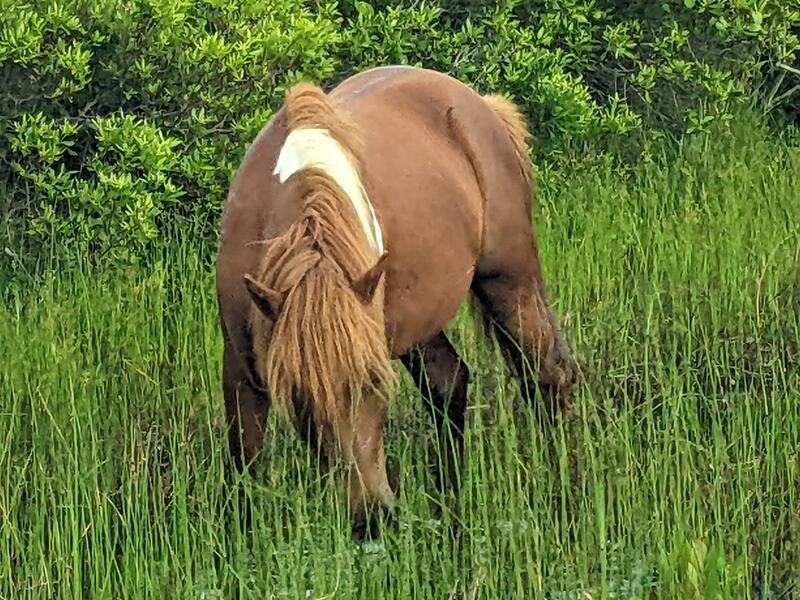


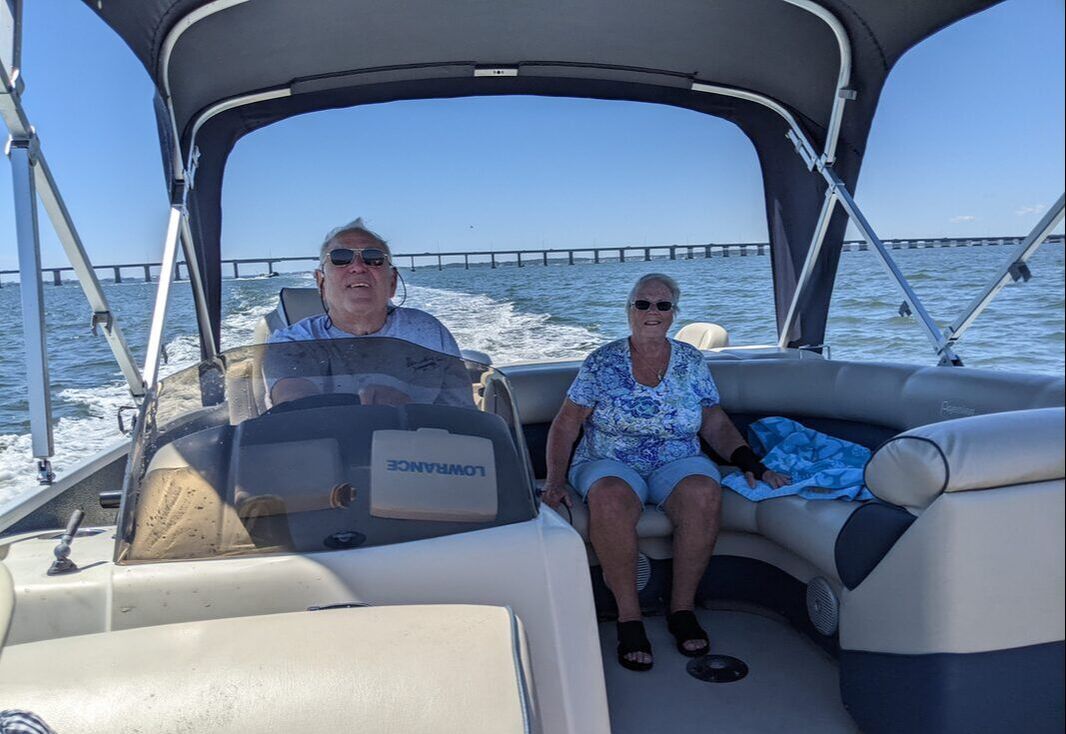
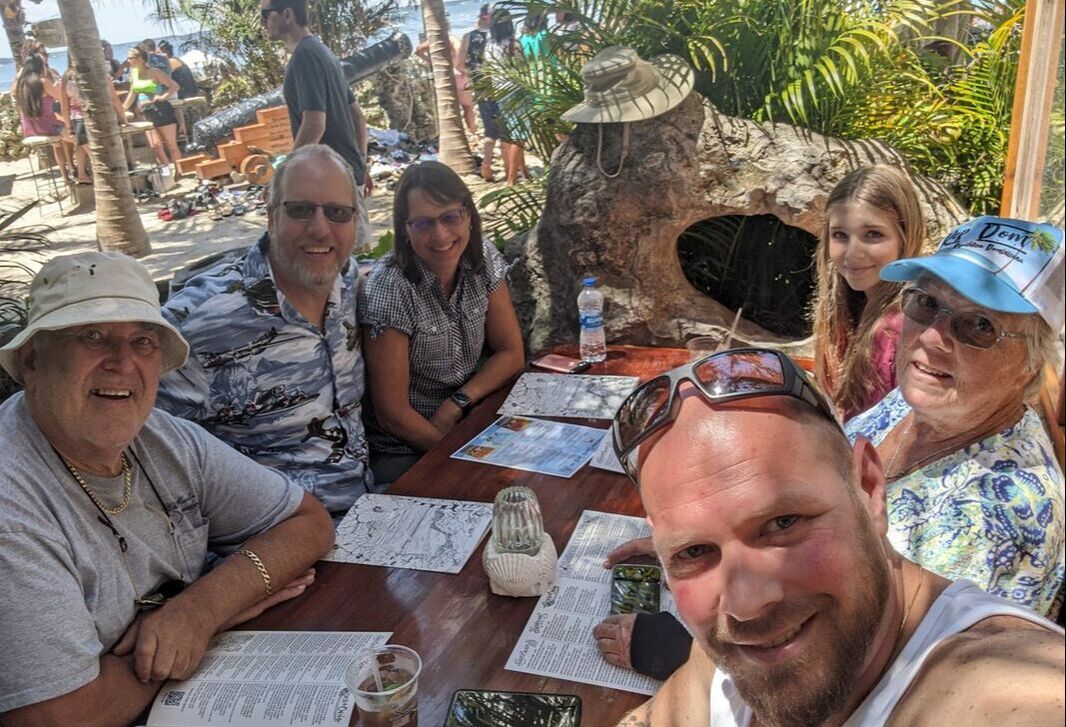
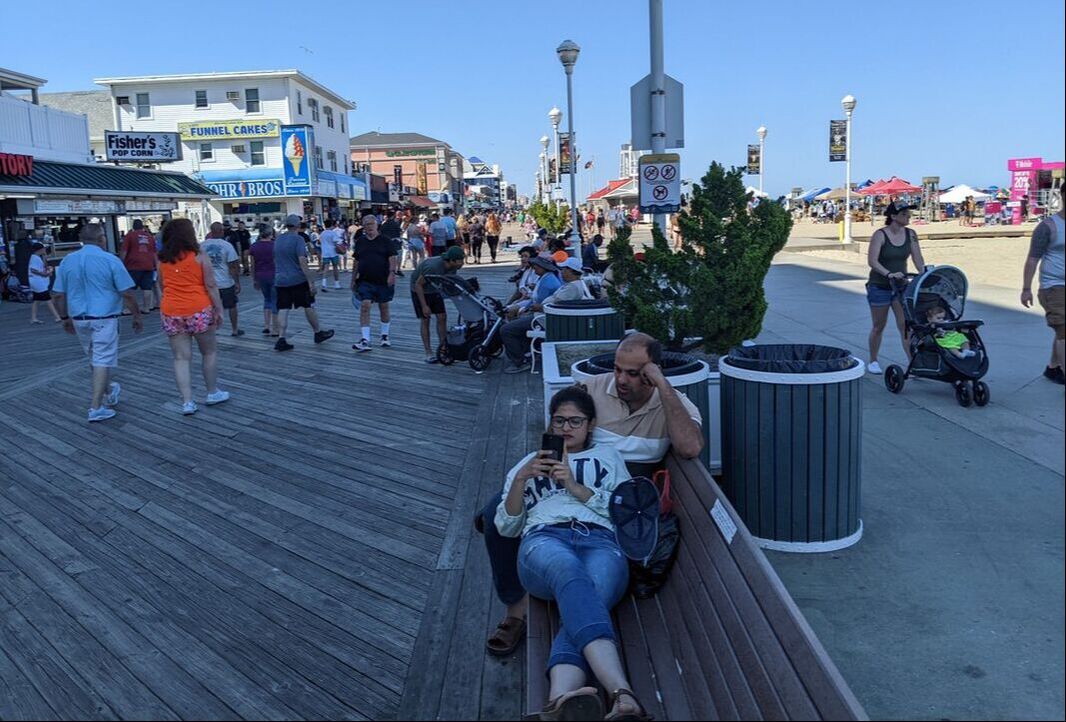
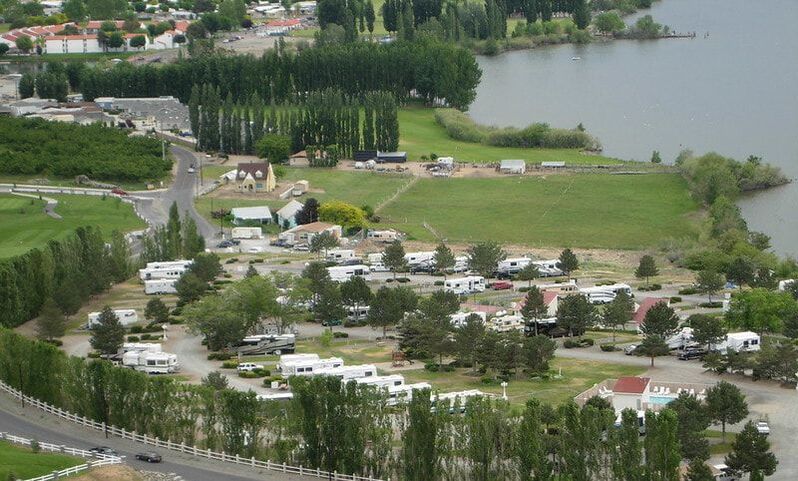
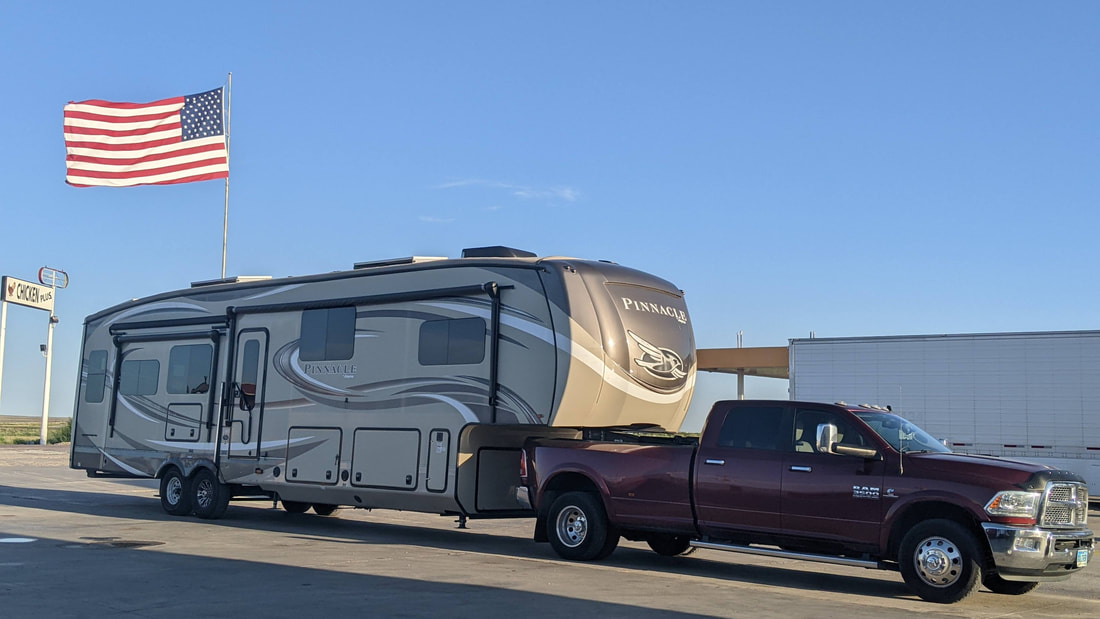
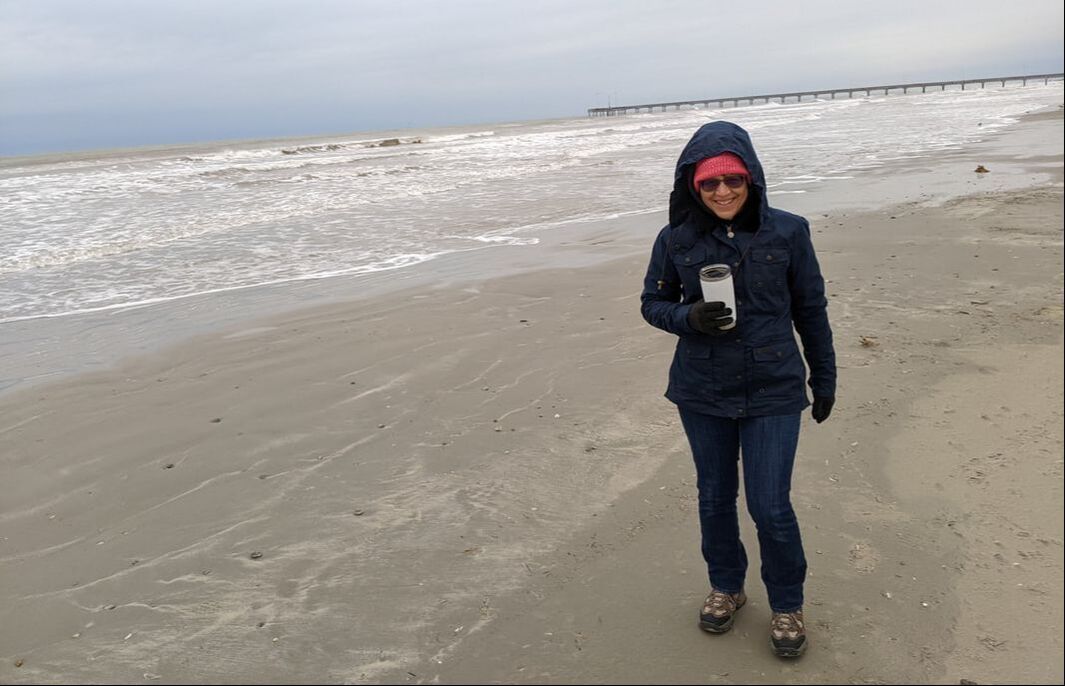
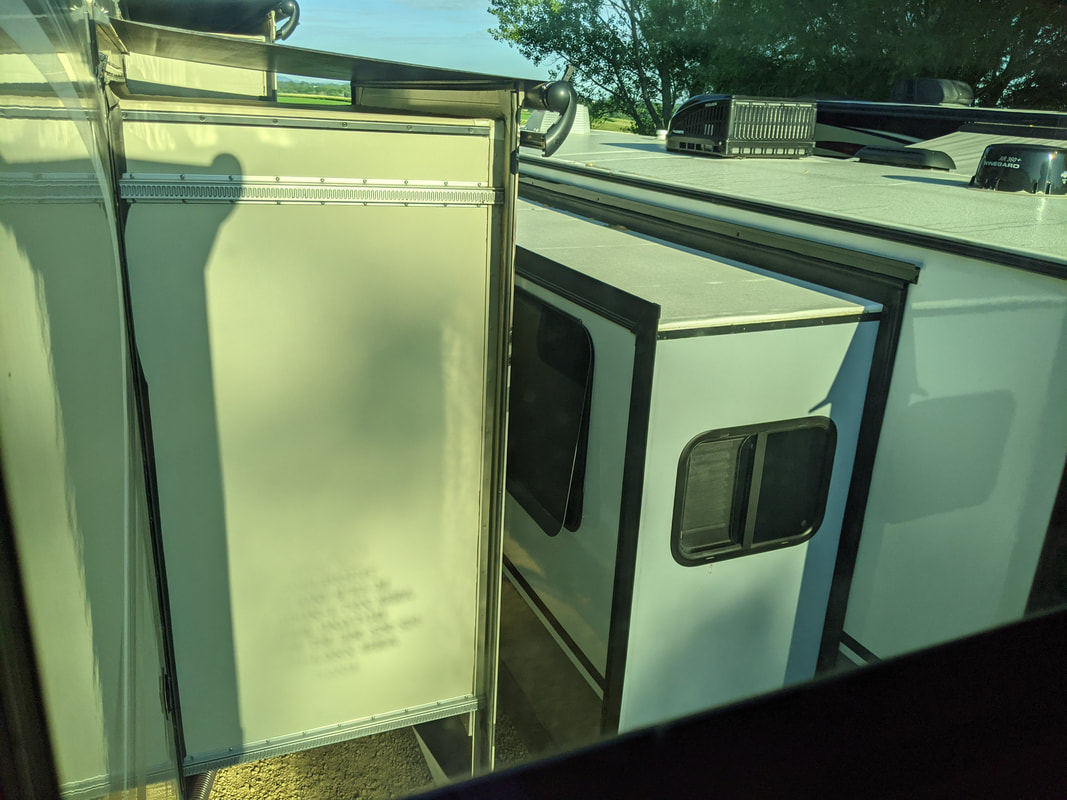
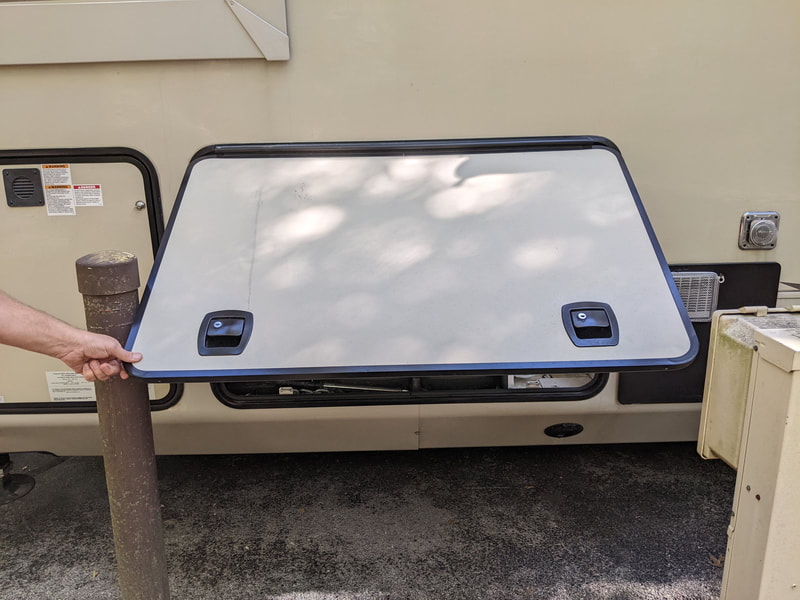
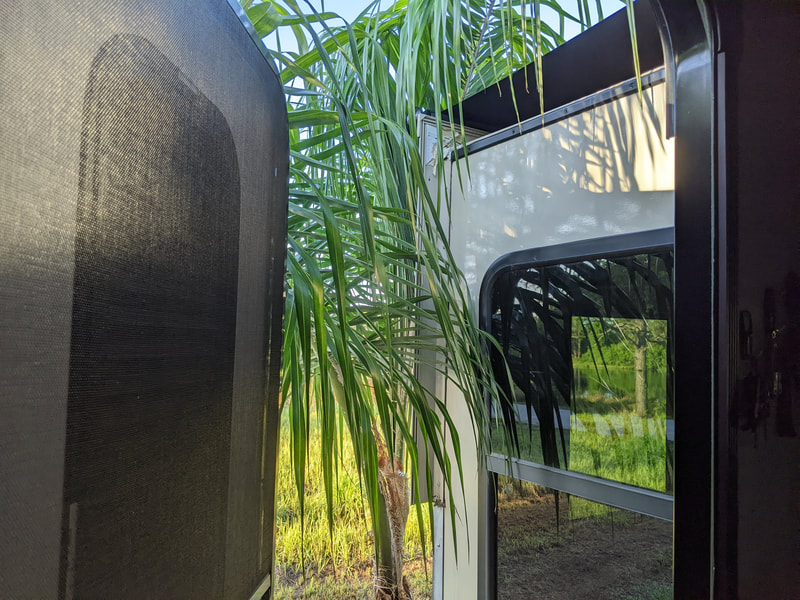
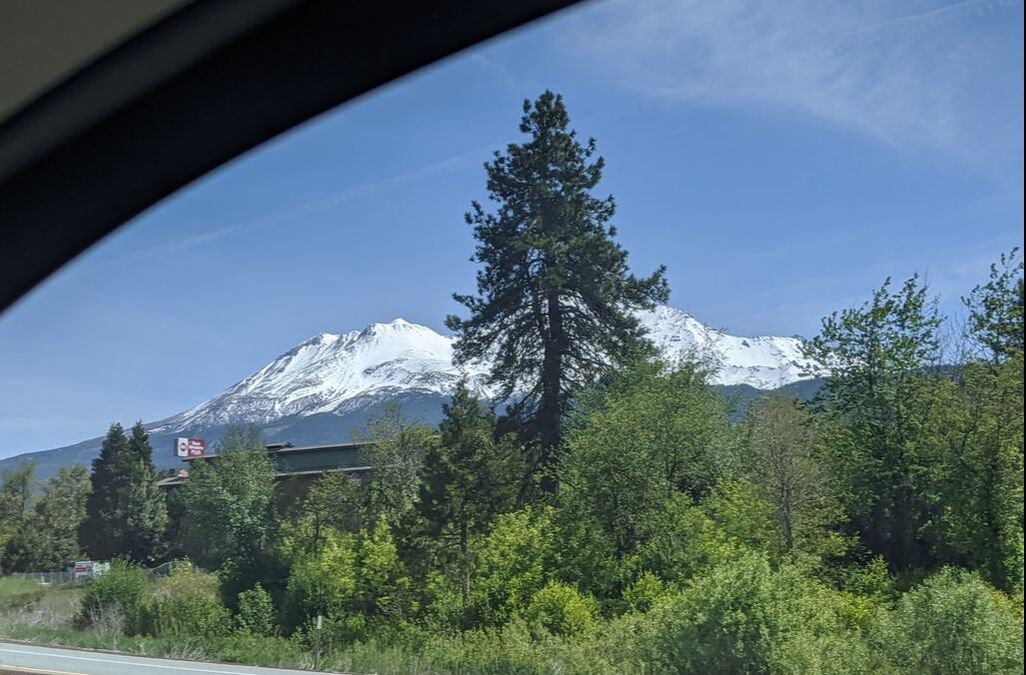
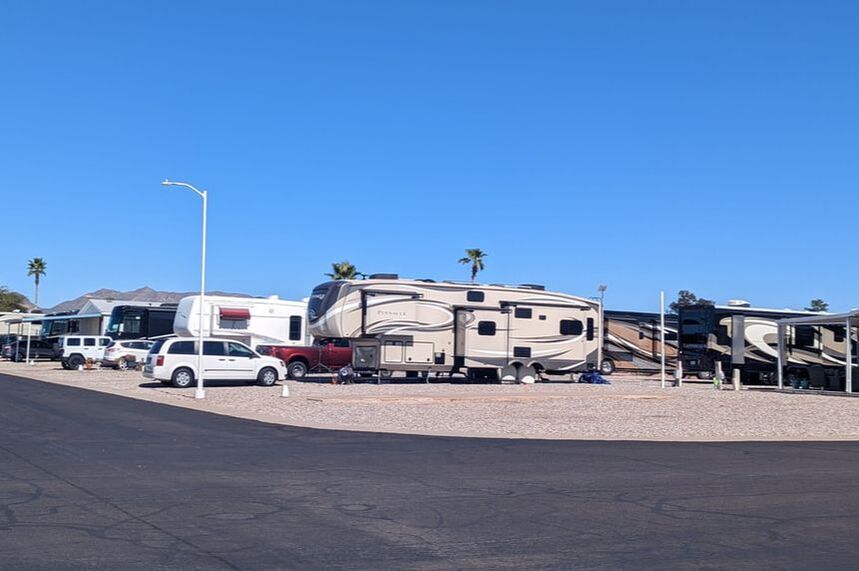
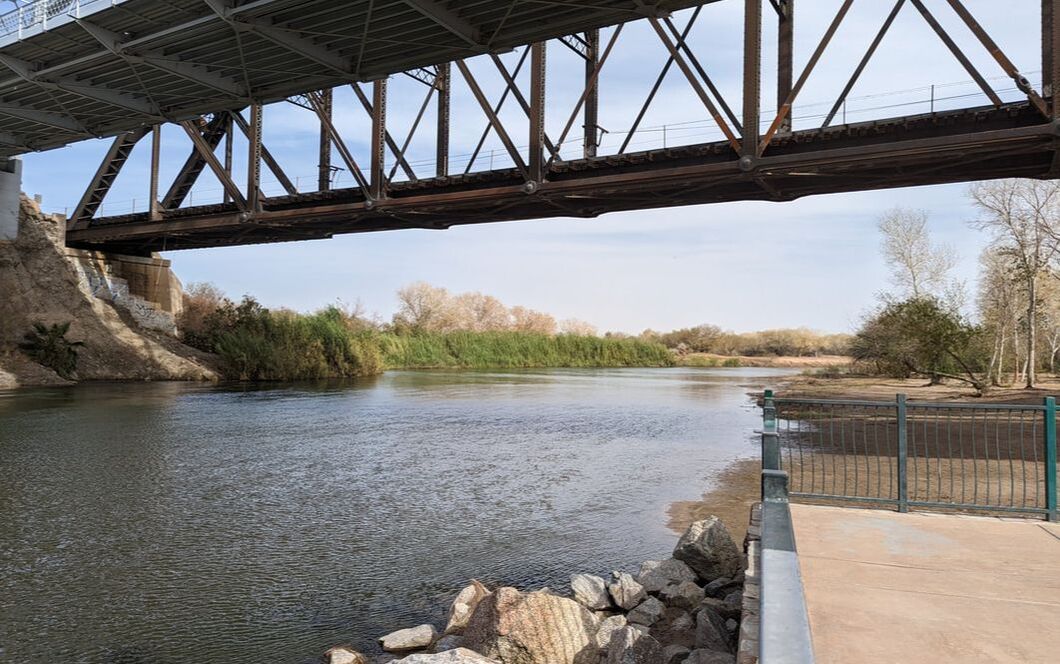
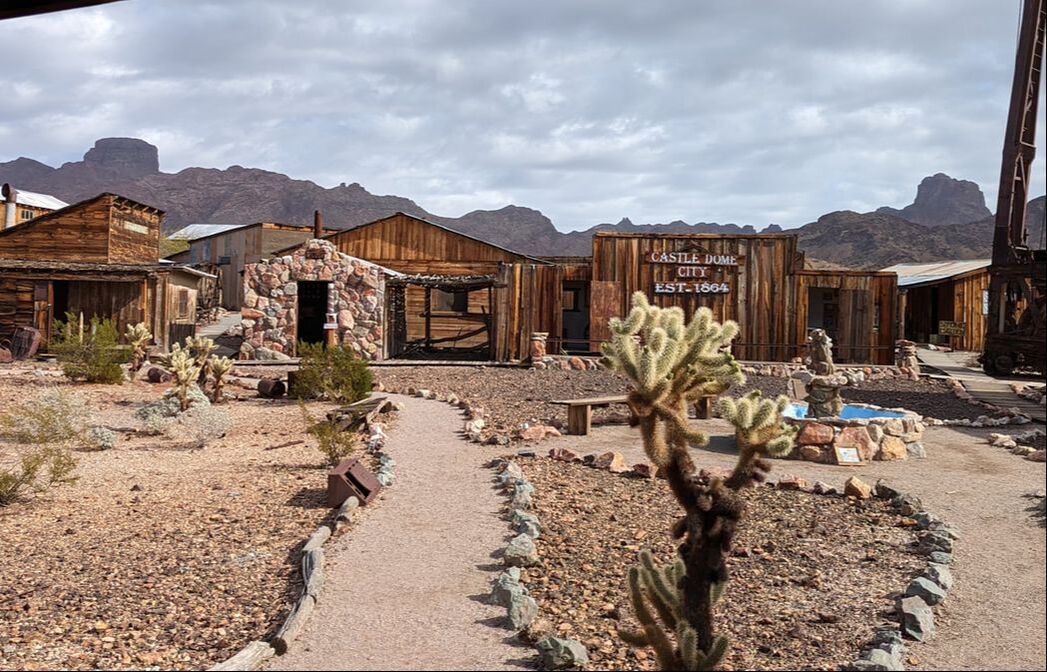
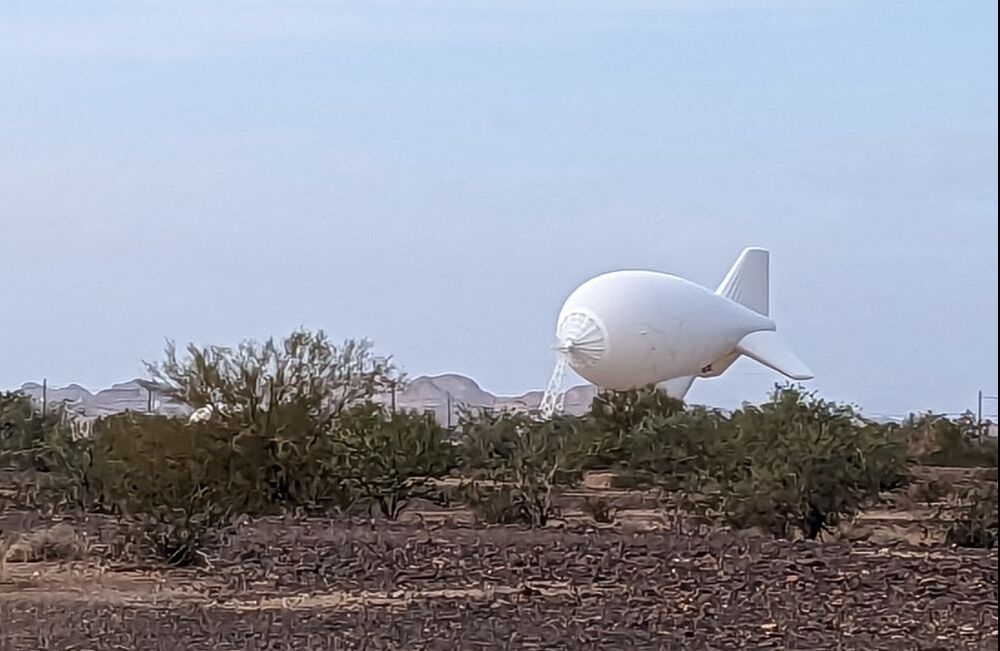
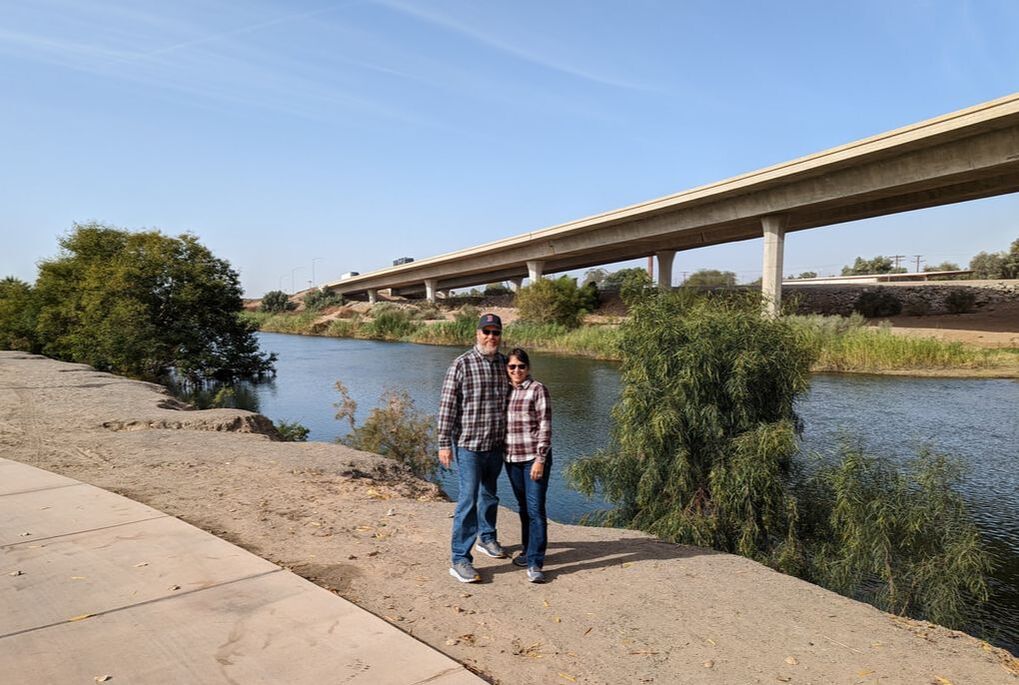
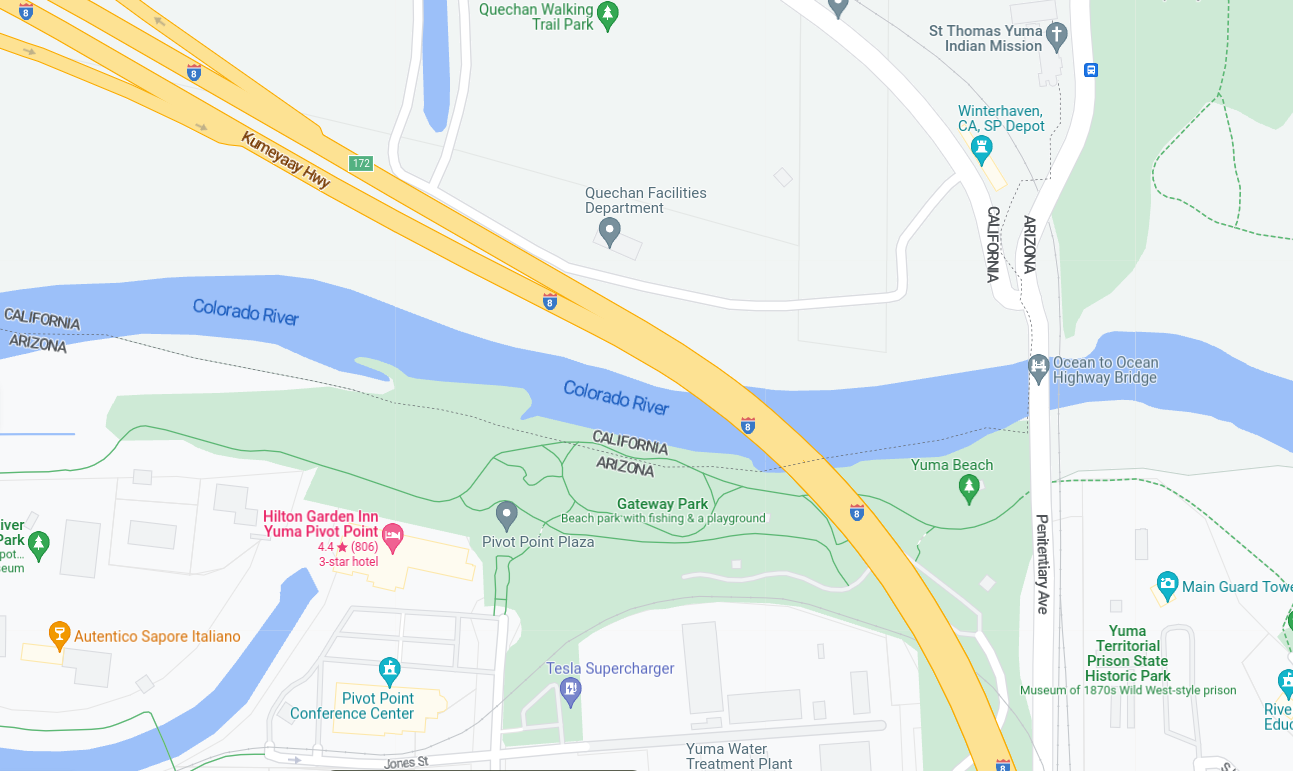
 RSS Feed
RSS Feed